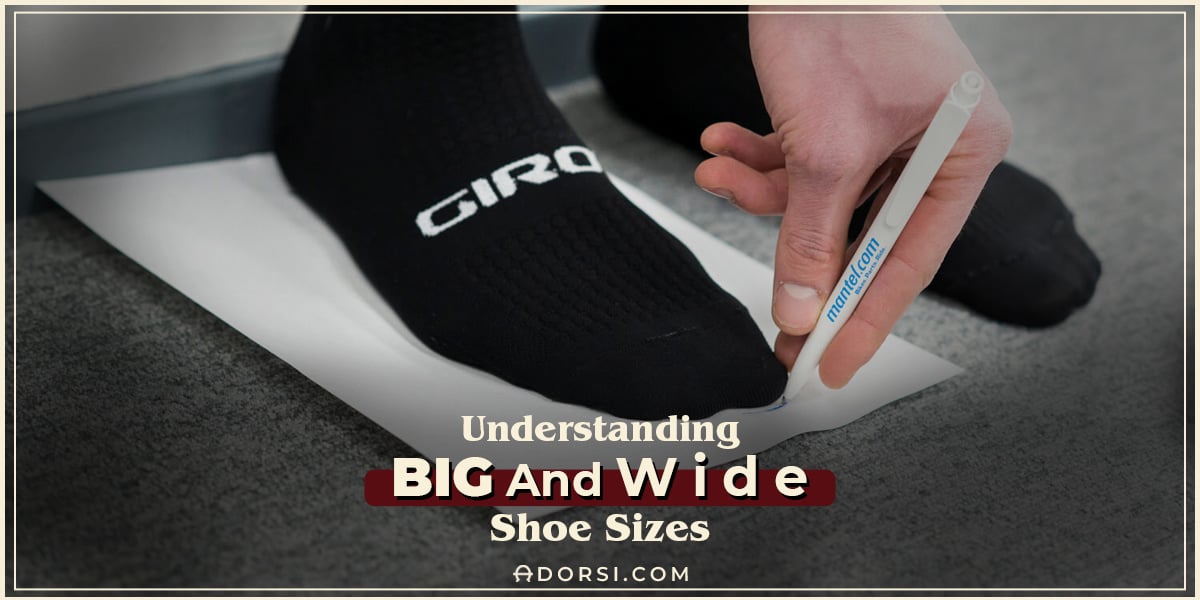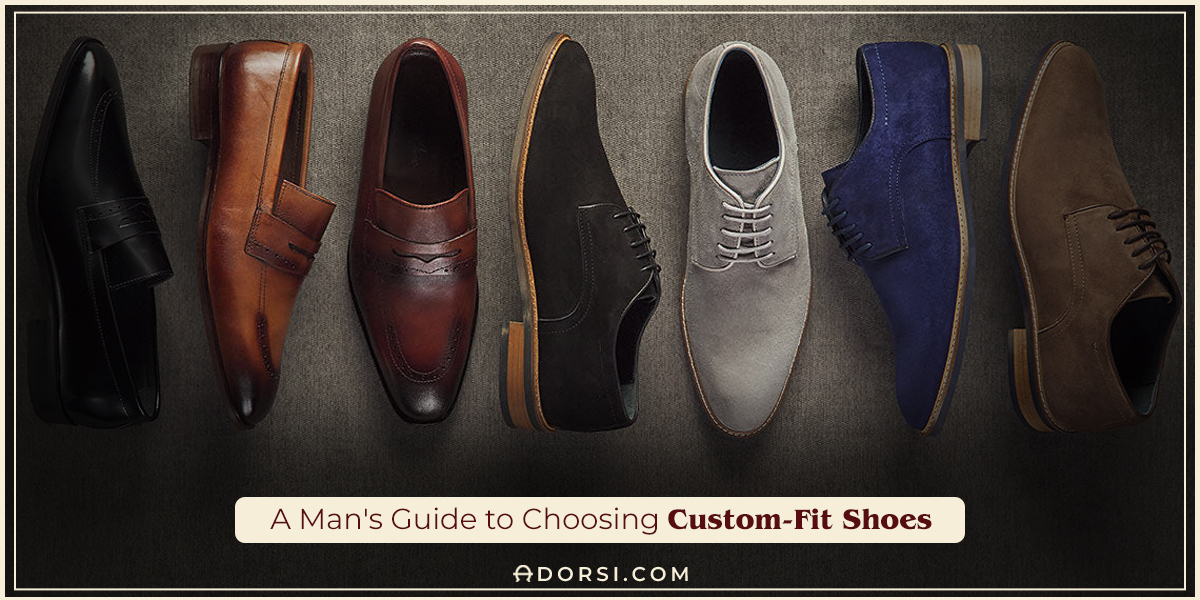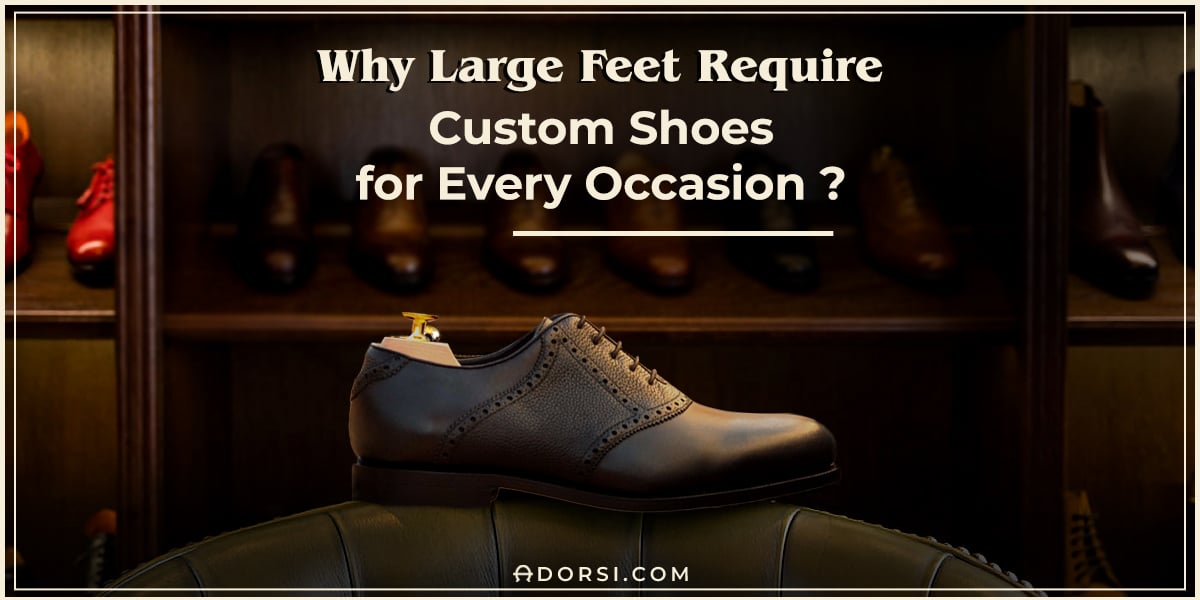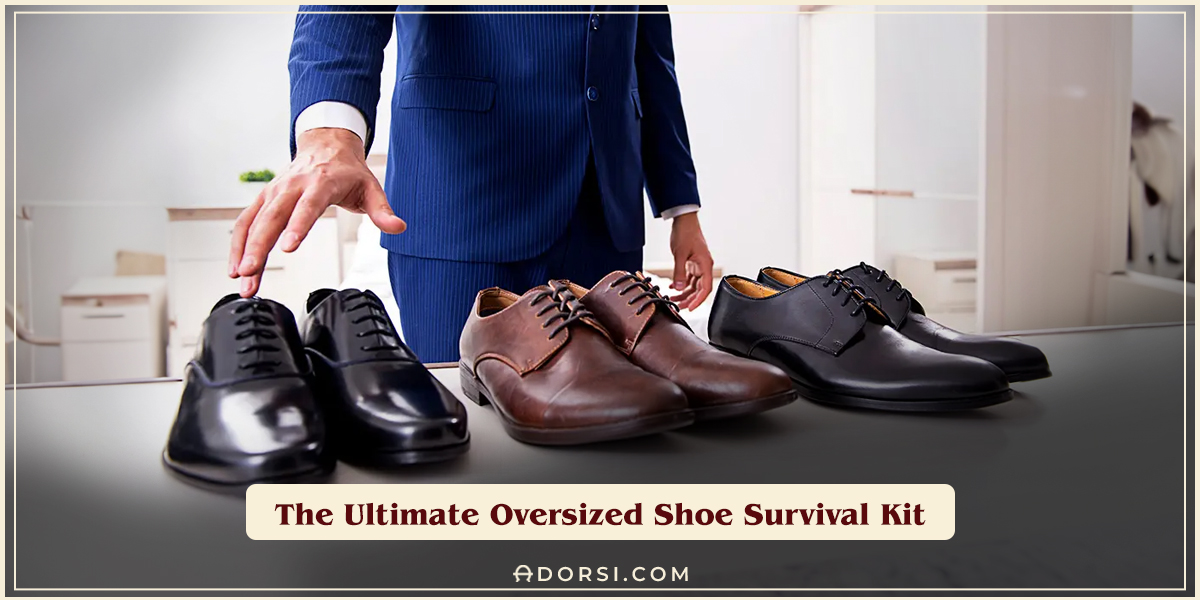Once knowing exactly what size you need, shoe shopping becomes significantly easier.
Buying shoes online can be tricky sometimes, especially for wide-width feet sizes. That's why this guide will help you understand all about big and wide shoe sizes to add comfort to your shoe selection.
Here, you'll know what size you should get based on your foot width and how to differentiate between various sizes of footwear. You can also apply the tips shown here on loafers, running shoes, casual shoes, and other types.
So, read on to find out more about different sizes, especially wide size shoes for men.
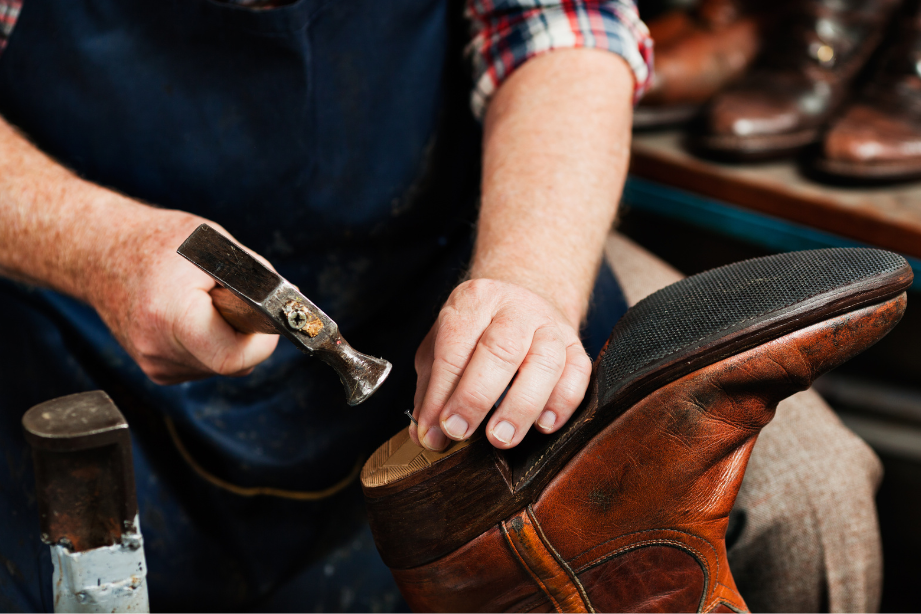
What Are Wide Width Shoes?
Wide-width shoe styles are modifications of regular-size shoe styles where the overall length is equal to the regular style, but the width of the footed is increased to accommodate wider foot sizes.
Wider widths often have a similar height, but they tend to be deeper than regular ones, that's why they may also be taller.
Wide-width shoe styles are modifications of regular-size shoe styles where the overall length is equal to the regular style, but the width of the footed is increased to accommodate wider foot sizes.
Wider widths often have a similar height, but they tend to be deeper than regular ones, that's why they may also be taller.
Shoe Width Sizes Explained
The width of a shoe is measured from the back of one toe to the other. In other words, you should measure your feet at the widest point to determine your foot width size.
As there are various styles and shapes for shoes, shoe width can vary in terms of measurements.
However, one of the most frequently used measurement methods is using letters such as A, B, D, and so on. While there is another method that depends on words. Here, you'll understand more about these different systems.
1. Letters system
1.1. A/2A/4A Width
Men's shoes with an 'A' width will usually be called Extra Narrow shoes.
The shoes will become narrower as more "A"s are added whether it is written in with numbers such as (2A, 3A, 4A, etc) or as letters like (2A = AA, 3A = AAA, 4A = AAAA, etc.).
1.2. B Widths
‘B' widths are narrow widths for men while for women they are the most common letter size. They're called normal, medium, and standard widths.
1.3. D Widths
As we've said earlier, normal/Medium/Standard widths are 'D' widths, which are the most common size for men. Women, on the other hand, consider a ‘D' width as a Wide size.
1.4. E/2E/4E Widths
Like 'A' letters, increasing the number of E's adds to the overall width of the shoes.
Two of the most common E's are 2E and 4Es.
For men, big and wide shoe sizes are usually defined as having 2Es,
while an extra wide shoe is usually defined as having 4Es.
2. Word-based sizing system:
2.5. Narrow/Extra Narrow Shoe Widths
Narrow/Extra Narrow shoes (which are sometimes referred to as Slim/Super Slim) typically range from B to A sizes.
A narrow shoe for men would be one with a B size while an extra narrow shoe for men would have an A size.
2.6. Medium Width Shoe (Normal/Standard)
For men, it's a ‘D' width. If a pair of shoes doesn't say their size, it's usually okay to guess that they're medium.
2.7. Wide/Extra Wide shoes
Men's Wide usually begins at E and anything beyond 2E is considered Extra Wide. In general, most manufacturers offer 2E/4E widths, but not in all increments.
How to Know If Your Shoes Are Too Wide
There are some situations where you know your shoes are too wide and don't fit your size.
For example, the shoes are definitely either too big or too wide if you have to curl your toes to keep them from sliding during walking.
In addition, if your feet rub the insole of the shoes while walking, that means there are spaces between the foot and the shoe, and the size is wrong.
And for shoes with laces, they would be too wide if they only fit your feet when you fully tighten their laces.
Final Thoughts
To perfectly understand the best type of footwear, you need to know more about your foot size. Thus, having wide feet requires knowing all about big and wide shoe sizes.
That's what this article is all about; knowing everything about extended shoe sizes so you can learn how to choose your perfect pair while shoe shopping online.
And now that you're ready and armed with information, you can begin shoe shopping here.
Frequently Asked Questions (FAQs)
1. How is it possible to tell if your feet are wide?
Have you ever felt that most of the footwear you try are fitting well in terms of length but not in the sides? If so, then it's probably time for wide-dress shoes.
Having a wide foot means that the shoe length may be suitable for you but the width isn't, which makes you uncomfortable when walking.
So, you want big and wide shoe sizes that take into account your foot width.
2. What are the best steps to measure your shoe width?
You have two ways to measure your footwear width: Going to a professional shoemaker or measuring it on your own.
While some shoppers would opt for measuring their foot size on their own, we recommend our customers to use professional apps like FeetSizr as it does the measurements for you and it's pretty accurate. 1
That way, you save time and energy and rest assured that you'll get an accurate size no matter the style of your custom shoes.
Useful Tip: Measure both your feet because they usually differ in size.
3. Are wide-width shoes better for flat feet?
Yes! Having flat feet is a sign that you need wide footwear as they will be more comfortable for you.
Big and wide shoe sizes help distribute weight evenly across the entire foot, reducing the stress on the front part of the foot.
4. Can my feet change their width?
Yes, they actually change.
According to research published in 2018 by the National Association of Orthopaedic Nurses, foot size can change with age, and factors such as weight gain and surgeries can also contribute to a change.
Therefore, it is common for foot sizes and shapes to vary over time, so previous shoe sizes may not fit properly. For example, individuals who wear the same size in their teens may wear a different size in their late adulthood.
So, what is the best thing to do about that?
You should professionally measure your feet occasionally throughout your lifetime, and check the inside of your shoes for signs of rubbing or blisters.
If you notice anything unusual, bring your shoes to a professional for an expert opinion.
5. What does "EE" stand for in shoe size?
EE stands for Extra Wide. This designation indicates an extra-wide shoe size for both men and women, though historically it has been easier to find for men.
6. In what width do shoes typically come?
A normal-width shoe is a B for women and a D for men.
Most people have the standard shoe width. However, if you have wider or narrower shoes, you'll see these measurements on the box and label as manufacturers only add width when they're not standard.
7. What happens if your shoe size is too narrow for your foot?
Too-tight shoes can cause a number of health problems, including cramps, infected foot wounds, foot deformities, bunion pain, and hammer toes.
To prevent these conditions, it’s important to wear properly fitting footwear. However, there are some instances where too-narrow shoes can actually be beneficial.
For example, if you suffer from excessive sweating, tight shoes can help keep your feet dry. Anyway, when it comes to shoe size, it is better to err on the side of caution than risk having poor-fitting shoes.
8. What happens if your shoe size is too large for your foot?
Many people wear too wide shoes. They look great, but ill-fitting shoes actually do damage to your feet. Here's why.
The most obvious problem is that they rub against each other. When your toes touch the sides of your shoe, it causes friction. This rubbing can irritate your skin and cause blisters.
So what can you do about it? There are several things you can try. For example, buy shoes that fit well and pay attention to how your feet feel. If they hurt, stop wearing those shoes.

